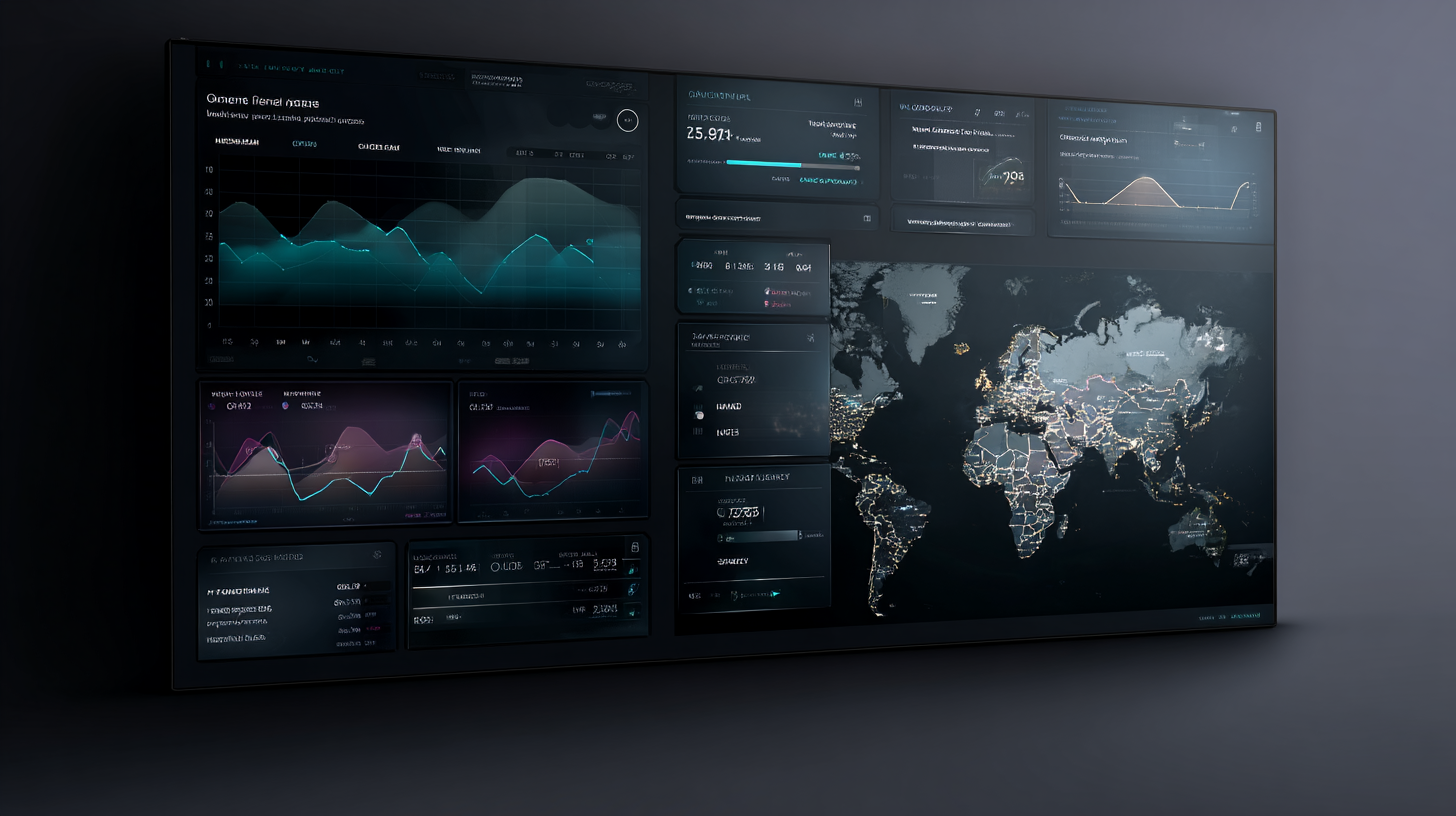How AI is Transforming Business Operations: Real-World Use Cases & Implementation Guide

Introduction
Businesses across across every sector are leveraging artificial intelligence (AI) to enhance productivity, reduce costs, and stay competitive. From small startups to large enterprises, AI adoption enables companies to respond faster to market changes, reduce human error, and deliver better customer experiences.

1. Automating Repetitive Processes
AI tools streamline high-volume, repetitive tasks that drain human resources.
🔍 Use Case: Automated Invoice Processing
A mid-sized accounting firm implemented an AI-powered OCR tool to scan, extract, and file invoices across departments. This reduced processing time by 70% and cut down clerical errors significantly.
Tools to Explore:
- UiPath (Robotic Process Automation)
- Microsoft Power Automate
- Amazon Textract (OCR)

2. Smarter Customer Service with AI Chatbots
AI-driven chatbots enable 24/7 customer service and resolve common queries without human agents.
🔍 Use Case: E-commerce Support Chatbot
A mid-tier online retailer deployed a GPT-based chatbot that handled 60% of all Tier 1 customer queries, reducing human agent workload and boosting satisfaction ratings by 25%.
Popular Solutions:
- Intercom
- Drift AI Chat
- Zendesk AI

3. Predictive Analytics for Smarter Decisions
AI models analyze historical data to forecast demand, risks, or outcomes.
🔍 Use Case: Inventory Demand Forecasting
A fashion retailer used AI to predict sales trends and optimize inventory. They experienced 15% fewer stockouts and 20% lower overstock costs.
Key Platforms:
- DataRobot
- Azure ML Studio
- Google Cloud Vertex AI

4. Enhancing HR and Talent Strategy
AI tools help identify the right candidates and keep top talent engaged.
🔍 Use Case: Smart Resume Matching
A tech company implemented AI to screen resumes and recommend candidates based on past hires and performance metrics. Time-to-hire dropped by 30%, and employee retention improved by 15%.
Tools:
- Eightfold AI
- Pymetrics
- HireVue

5. Supply Chain Optimization
AI minimizes disruptions by forecasting demand, optimizing routes, and detecting bottlenecks.
🔍 Use Case: AI Route Optimization
A global distributor used AI logistics tools to re-route deliveries in real-time, cutting delivery delays by 18% and saving $1.2M annually on fuel and overtime costs.
Platforms:
- Llamasoft
- ClearMetal (Project44)
- Oracle SCM AI

6. Real-Time Anomaly Detection
AI can monitor operational systems in real time to detect threats, errors, or unusual patterns.
🔍 Use Case: IT Infrastructure Monitoring
A SaaS company integrated AI anomaly detection into its cloud systems, preventing 95% of potential outages before users were affected.
Popular Tools:
- Datadog APM with AI
- Splunk AI Ops
- Azure Monitor

Getting Started with AI Integration
Whether you’re exploring AI for the first time or scaling up, here’s a proven path:
- Start Small: Pick a department or workflow that’s high-volume but low-risk.
- Select the Right Tool: Use platforms with strong documentation, no-code features, and pre-trained models.
- Train Your Team: Invest in internal education to ease adoption resistance.
- Pilot and Measure: Test AI tools with clear KPIs—like time saved or revenue generated.
- Scale Responsibly: Build an internal AI CoE or partner with a trusted provider.
Conclusion
AI isn't just a trend—it's an engine for transformation. From invoice automation to predictive demand planning, businesses that adopt AI early can outpace competitors, streamline operations, and enhance the customer experience.

Start small, think big, and let AI handle the heavy lifting.
